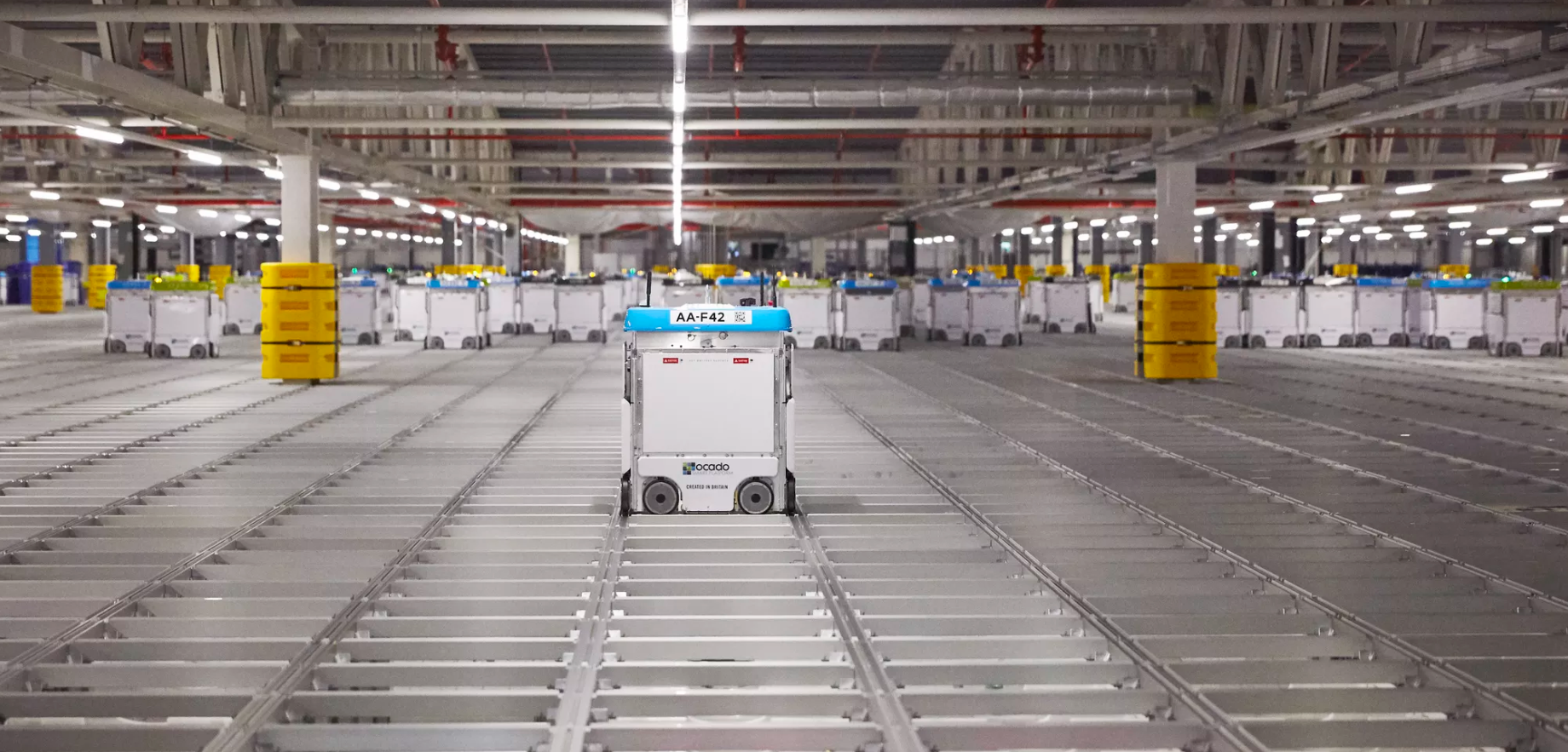Supply chain management has been slow to leverage advances in data science. It's time to play catch up. Although supply chain management has been slow to the game, advances in data science are now quickly changing the way supply chains are managed. With free and powerful tools like Python and R now routinely being used to solve some of the most complex business problems, as evidenced on the data science competition site Kaggle.com, the days when you could develop deep insights and competitive advantage using spreadsheet models are long gone.
Next-generation technology raises the bar for logistics managers
Industry 4.0 is quickly becoming a reality, transforming not just production processes but also the way logistics managers operate. Experts say we’ve reached a tipping point in technology, with rapid adoption forcing changes across the supply chain. Data-driven strategies, involving robotics and the internet of things (IoT), are now commonplace.
Smart manufacturing challenges businesses to rethink sourcing
Retail supply chain investments revolve around the consumer
Consumer demand for real-time product visibility is the top factor driving retailers to invest in their supply chains, according to a joint survey from software company JDA and advisory firm KPMG.
Flytrex Drone Delivery Solution Aims To Cut Last Mile Emissions & Traffic
The challenges of last mile logistics & delivery technology solutions
As consumers increasingly turn to e-commerce for all their shopping needs, speedy fulfillment isn’t just a “nice to have” — it’s the expectation of every online shopping experience. And if logistics companies and their retail partners want a shot at thwarting the ever-looming threat of Amazon Prime, it needs to be a priority.
WELCOME TO THE AUTOMATED WAREHOUSE OF THE FUTURE
British supermarket Ocado is using robots to make online grocery shopping faster. They call it “the hive,” or “the grid.” Or sometimes just: “the machine.” It’s a huge structure that fills a warehouse on the outskirts of Andover, a small and quiet town in southeast England. There are more than a thousand of robots, each the size and shape of a washing machine, and they wheel about, night and day, moving groceries. Their job is to be cheaper and more efficient than humans, and they are very good at it.
More Than E-Commerce Clicks Driving Industrial Property Boom
E-commerce has dominated the headlines as the driver of an industrial property boom and bounteous rent growth. But in no way is e-commerce the only force generating the good times. Traditional warehouse users and third-party logistics companies have also been active in the market, and now manufacturers could be poised to contribute a bigger share to that growth, too.







